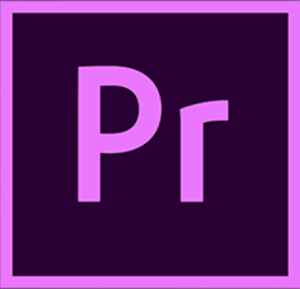23 The clips edition
What to do
Edit the video clips filmed during the production phase to improve the overall quality of the final product.
How to do it
The editing process begins after the simulation scenes have been filmed. Editing will enhance the quality of the video clips which will increase the realism of the final product.
The editing process for the video clips consists of a three-phase approach:
- Trimming the video: When filming a scene, the camera often starts before the action and continues after it ends. Therefore, the first step in the editing process is to trim the clips so that the video clips align with the start and end of the action. This will contribute to fluid transitions between the scenes.
- Colour and audio corrections: Changes in lighting can significantly affect the colour of video clips, especially if the scenes are filmed outdoors. Regulating the changes in lighting is important to creating a realistic progression of action from scene to scene in the simulation. Audio adjustments are also important to preserving the realism within the storyline. Common edits include increasing or decreasing the audio for individual actors in order to improve clarity and tonality as the simulation transitions from scene to scene.
- Framing corrections: While filming the virtual gaming simulation (VGS ), it can be challenging to capture the essential point of the action during filming. Therefore, it is crucial to use a camera with good video quality (4k) during filming. This allows for proper framing of key elements of the scenes, which can then be further refined during the post-production process to create the desired final video.
When editing videos, it is imperative to include captions. This measure not only enhances the accessibility of the video for individuals with hearing impairments, but also for those who are not native English speakers. By adding captions, one can ensure that the video content is comprehensible and meaningful to all viewers.
In addition to these basic corrections, ENVISION has benefited from expert technical support that has greatly aided us in filming and editing the videos, allowing for a more advanced editing process. Some of the advanced editing actions that can be performed during post-production include:
- Correcting camera movements.
- Adding additional audio to recreate the filming environment or telephone conversations.
- Adjusting the audio frequency and tonality of individual actor.
- Incorporating auxiliary images to complement the actions in the video.
Advice
When editing the videos, it is very important to label each recording with the corresponding decision point (DP), response option, and number of the take. During filming the best take for each filmed element should be documented. This will increase the efficiency of identifying the correct film clip for editing and uploading into the virtual simulation platform.
Example: In ENVISION we named the main scene of the DP (in this case the DP 1) like this: DP_01 and the feedback options like this: DP_01_01, DP_01_02, DP_01_03.
Complementary resources
Resources: Some of the most common softwares for video editing and that we recommend for the edition of the clips are:
|
 |
|
The ENVISION experience:

